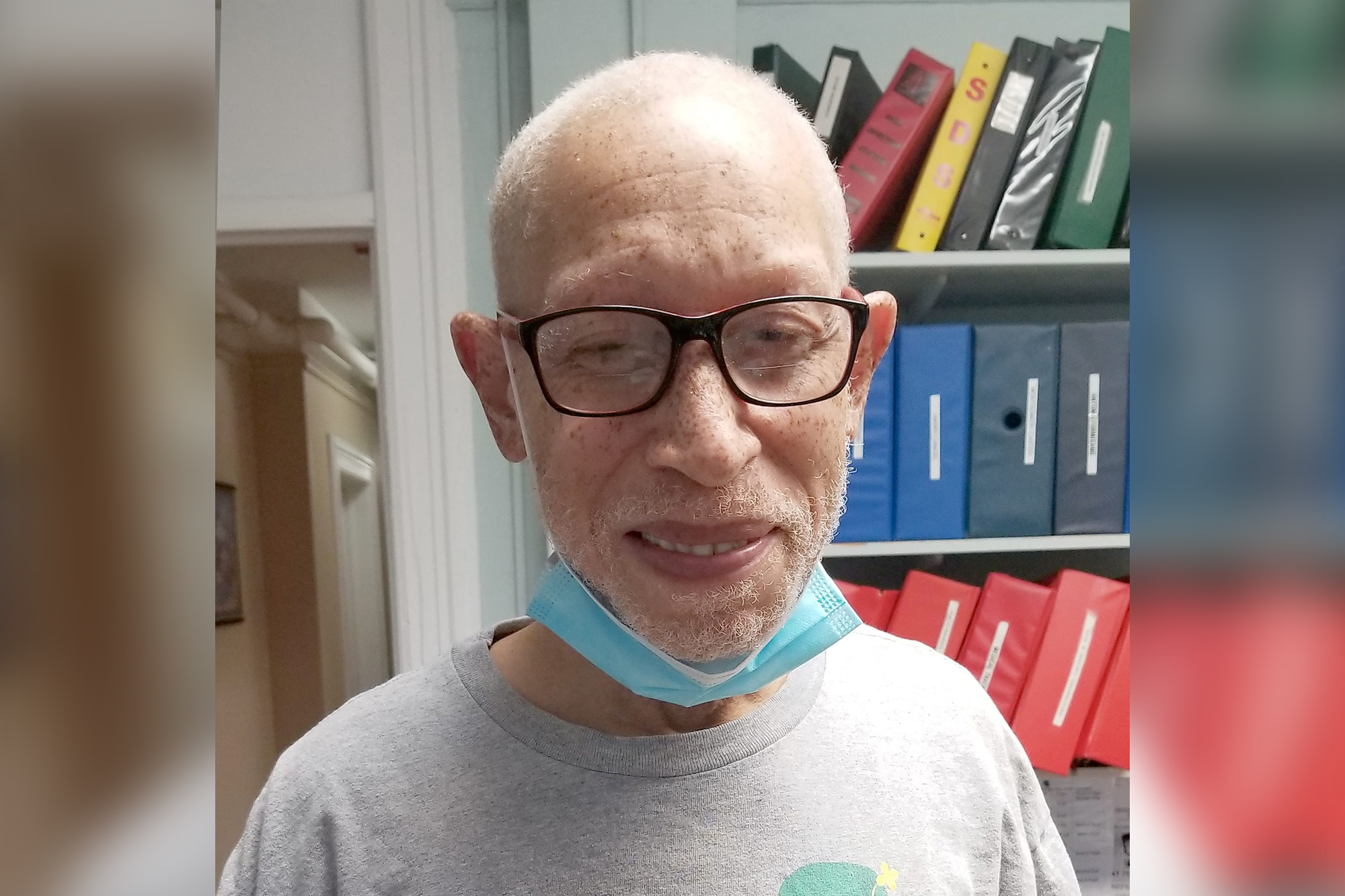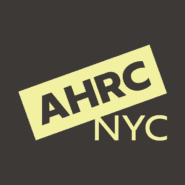A timely telehealth grant is providing hundreds of vulnerable New Yorkers with intellectual and developmental disabilities (I/DD) with access to an emergency room doctor from an AHRC New York City group residence amid the Coronavirus outbreak, without the stress of having to go to a hospital or urgent care and risk exposure.
The Cerebral Palsy Association of New York State’s $13 million grant from the Statewide Healthcare Facility Transformation Program couldn’t have come at a better time in New York City. The telemedicine equipment connects to StationMD through a wireless tablet mounted on a portable kiosk with two-way audio and video and a digital stethoscope. The system employs a variety of technologies to deliver virtual medical, health and education services to reduce the number of trips to the emergency room and hospitalizations.
Opportune Time for Telehealth
“For people with I/DD, the timing of the telehealth system is beyond opportune,” said Marco Damiani, CEO of AHRC NYC, who worked closely with CP of NYS. “The stress, potential exposure to the virus, and the time spent in an ER is difficult on people with I/DD. The coronavirus has made this an even more valuable tool than anyone could possibly have imagined.”
Telehealth kiosks are currently installed in over 1,000 residences across 50 agencies, including:
- 17 CP of NYS Affiliates
- 25 ARC Chapters
- 5 Unaffiliated Agencies
Replacing High Use of Emergency Rooms
People with I/DD who enter the emergency room are more than twice as likely to be admitted than the general population. An estimated 1 in 21 hospitalizations in New York State involves people with I/DD, according to the New York State Department of Health.
CP of NYS projects that the more-than-7,000 individuals in group residences make nearly 12,000 ER visits each year. The project anticipates reducing the unnecessary ER visits by 50 percent, drastically reducing exposure to COVID-19.
Monitoring Montgomery at Home
Noreen Keenan, a Registered Nurse with AHRC NYC in the Bronx, calls StationMD “a lifesaver.” She described how the telehealth system helped Montgomery Carter, who had been exposed to the virus a week earlier. With diabetes and hypertension, Montgomery was prone to the coronavirus. At 8 p.m., the staff contacted StationMD. They didn’t want to expose Montgomery to an emergency room or have him waiting for hours to see a doctor. “The doctor looked at everything and determined he had a series of symptoms but nothing concrete to diagnose,” Noreen said.
Alicia Sy, manager of the group home, which lost two people to the virus, described Montgomery falling asleep when he’d normally be away. “It was very scary,” Alicia said. “He has a high tolerance for pain, but he just didn’t look right.”
When Montgomery began displaying more symptoms, including low oxygenation, he went to New York-Presbyterian Lawrence Hospital in Bronxville. They took a chest X-ray which was COVID-positive, Noreen said. They prescribed an antibiotic for him and sent him home. “It doesn’t feel good to take home someone with a COVID-positive x-ray,” Noreen said. “I understood, they were overwhelmed and didn’t have enough beds. Under normal circumstances, Montgomery would have been admitted.”
The staff monitored his vitals every four hours. “Montgomery really had the deck stacked against him,” Noreen said, adding he was decompensating quickly. “With telehealth, we’re able to keep people home longer – where in past we’d run to urgent care or the emergency room. “Montgomery was able to go in front of telehealth and be seen in the comfort of his own home. Within 15 minutes, the doctor made a determination. Afterward, Montgomery had a snack and went to bed.”
More Efficient and Effective Care
“We sought out the grant to provide care more effectively and efficiently, but now we have the added benefit of reducing the risk to a virus that could really wreak havoc in a group residence,” said Susan Constantino, President, and CEO of CP of NYS.
Telehealth in Action
Marcia Richman, a Registered Nurse, and Residential Health Care Coordinator, and Home Care Director of Patient Services, couldn’t wait for telehealth to start. “It has just been amazing,” she added. “I’m just so thrilled.”
A 75-year-old Queens man, who had a tendency to get urinary tract infections (UTI), had developed a fever and the chills. Staff at the man’s group home thought it might be Covid-19, but they didn’t want to expose him to urgent care of the hospital. They contacted StationMD. The doctor could see the man looked sick, and treated him with Kepflex for UTI. “Three days later, he was much better,” Marcia said.
“I was a believer in this years ago but we were never able to get the right technology,” she added. “I always knew this was the right thing. I’m a believer in helping the person where they’re at — in their own home with people who care about them.”
Remote Mental Health
Meanwhile, AHRC NYC’s clinicians are treating nearly 175 people with disabilities and supporting their families each week using Doxy.me, a confidential web-based telehealth platform. Dr. Richard Cohen, Dr. Hillary Goldstein, and Dr. Marina Ross have trained their clinicians.
While Doxy.me provides a visual session with clinicians, sometimes people may resort to a phone if there isn’t sufficient technology. Clinicians encourage people to find a quiet place where they can speak in private.
Keeping People Safe at Home
“Some people need more support than others,” Richard said. “We are always assessing how much may be needed to meet individual needs. We’re looking at what resources are available and what additional support may be helpful.
“Our goal is to keep people safe in their own home and minimize unnecessary exposure to emergency rooms for mental health care. AHRC NYC Clinicians work to address the myriad of stressors associated with this pandemic. The impact of social isolation and disruption of life routines are significant and supports are essential.”
AHRC NYC Clinicians have provided people with roadmaps about building their own social network in life. This can be challenging for people with disabilities who are unable to attend their day programs, talk with peers and staff.

